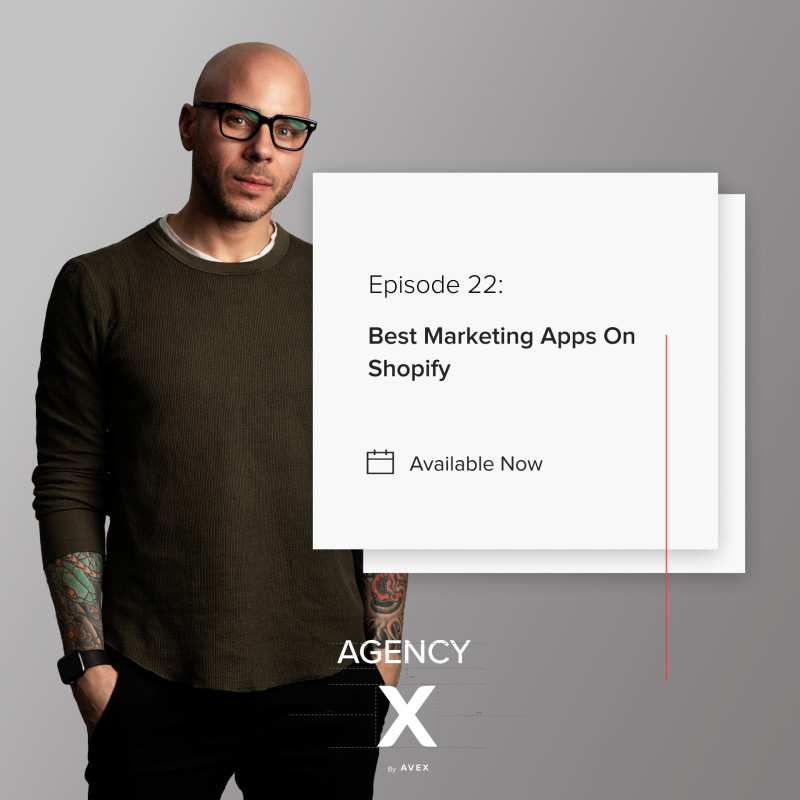How to Reduce Shopify Abandoned Carts

Quick Summary Online shopping should be a seamless experience with no roadblocks for the customer. Ensure a smooth and easy shopping experience, and you may see a decrease in cart abandonment.
There are a number of challenges that eCommerce shops face when customers attempt to finish a transaction: slow-loading pages, finicky verification software, or the dreaded abandoned cart. When a customer adds items to their online shopping cart but does not go through with their purchase, they've abandoned their cart, as 88% of online shoppers did in 2020.
Not every abandoned cart is your brand's fault. Their Wi-Fi might have quit working, or they may have rethought their purchase.
However, abandoned carts can be caused by an issue on your end, usually due to something that happens during the shopping experience.
Fortunately, there are a few tips you can follow to ensure that your Shopify cart abandonment rate remains low and your customers complete their purchases.
4 Tips to reduce cart abandonment rates
Implement email and SMS marketing
Utilizing email and SMS recovery marketing remains one of the most effective ways to re-engage shoppers who didn't complete their transactions. In fact, a 2020 SaleCycle report found that sending a reminder email within 1 hour can yield a 6.3% cart conversion rate.
You can send a customer an abandoned cart email or SMS that provides a call-to-action to complete their purchase. Adding a sense of urgency can aid in conversion rate optimization as well. For instance, you can offer the customer a 10% discount on their cart if they checkout within the next 24 hours. You can even add a countdown timer in the email to give the customer an extra push. They know they only have one day to take advantage of this offer, and time is running out, so they feel more inclined to go for the buy.
Besides mentioning the benefits in the email, be sure to personalize it, as emails with personalized subject lines are 22% more likely to be opened. Use the customer's first name in both the subject line and introduction of the email to grab their attention, and include information on offers like free shipping or fast returns. You should also be sure to highlight the items that were left in their cart, including the exact price of each one. If there's still room in your email layout, recommend other products. This may inspire them to add on to their purchase.
SMS messages should consist of a personalized greeting and a time-sensitive call-to-action, though you will have to approach this strategy differently. Text messages have a limited amount of content compared to emails, so every message must be brief and to the point. Texts have the advantage of speedy delivery and a high engagement rate, as people check their phones more often than their emails. When handled correctly, this can also be an extremely effective marketing strategy and increase sales.
Audit your checkout process for complexities
Look at your checkout process from your customer's point of view. Where are there snags or hiccups that might cause them to abandon their cart? To find out, you, your marketing department, or a third-party advisor can complete an A/B test.
To A/B test your process, you construct two different checkout processes and go through both to see which one works better. For instance, checkout process "A" might feature a large checkout button, while checkout process "B" makes the checkout button small. Does one test stand out in terms of clarity, efficiency, and value? After you get an answer, keep iterating and testing to optimize your site.
Keep the following factors in mind when completing any type of testing, as they're essential components of a smooth checkout process:
Clear navigation: Consumers should have no problem navigating between pages and forms to complete their purchase. Make sure no call-to-action buttons are confusing or misleading.
Progress bar: In the same vein as clear navigation, many online shoppers like seeing the progress of their checkout journey, including the step they're on and the steps they have left. You can make use of a progress bar to achieve this.
Simple page layouts: Graphics, images, and product descriptions on all checkout pages should not be overly complex, as this can lead to slow load times or distract your shopper.
Transparent pricing/shipping pages: All pricing and shipping information should be clear and transparent. Having any unexpected fees pop up can act as an unwelcome surprise to customers, new and returning.
Secure verification/payment forms: Customers should be able to easily fill out their payment, billing, and shipping details and feel safe doing so. Mention any security measures your brand is implementing as part of the checkout process, such as partnering with a secure payment processer.
No account creation required: Potential buyers quickly lose interest when they are forced to create an account before purchasing any products. Allow shoppers to check out as guests if they are first-time buyers, and send a follow-up message encouraging them to sign up after the purchase.
Customer support: Issues may occur when a customer tries to check out, and having adequate customer support can make the difference between a sale and abandonment. Be sure to have a section with your support contact information highlighted.
Any aspects of the checkout process that cause delays or issues should either be removed or iterated on with further A/B testing or similar methods. For instance, you can use surveys or polls to discover what customers would most like to see in their checkout journey. These can be sent to regular customers or as follow-ups to any sale.
On the other hand, add information to gain trust
Gaining customer trust is absolutely essential in the checkout process, and, therefore, no part of the journey should be unclear or seem untrustworthy. Add as much information as possible where it matters most, including the fine details about product availability and the shipping process. Be upfront about inventory levels and delivery times to set expectations from the get-go. If free shipping is not an option for your brand, consider incorporating a shipping calculator to give customers a chance to see how much their total will be with different shipping choices.
Make sure you offer all major payment options, including credit card, debit card, Apple Pay, Google Pay, and Paypal, and ensure that these payment options are optimized for mobile use. Customers should have a seamless payment experience, whether they're paying on a desktop computer or their phone.
You should add card badges to the payment page so customers can see the credit cards that you accept. If customers can't easily spot payment methods, they may assume you don't take their preferred form of payment and abandon their purchase.
Lastly, if you ask for any personal information from the customer, outline exactly why you need the info and what your brand will do with it. In the modern age of privacy leaks and data misuse, it's imperative to be as straightforward as possible to reassure customers that their info is secure.
As a bonus, you can add a "why choose us" section on the checkout page. Here, you can list key reasons that buying your product is a good choice, like strong security measures or a commitment to ethical sourcing.
Offer free shipping
In a 2019 study by Forbes, half of the 3,000 online shoppers surveyed claimed that they don't purchase from retailers who do not offer free shipping. 22% of these same respondents even said they would give up Netflix to not pay any shipping costs at all. Thanks to services like Amazon Prime, customers have gotten used to free or low-cost shipping, and have come to expect that of other eCommerce shops.
Depending on the size of your business, offering free shipping on every single purchase may not be possible. If this is the case, you can offer other incentives, like free shipping only on select items or during designated periods. Alternatively, offering free shipping only when a customer makes a minimum purchase is terrific for increasing the average order value. Many customers add another item to their purchase to qualify for free shipping, the profits from which can, in turn, help you cover any lost costs. These options are appealing alternatives to customers and ensure that you aren't losing money on shipping.
Even better, good shipping deals often lead to developing loyal customers. These customers feel that they are getting a bargain, and they'll appreciate that your brand has customers in mind when it comes to purchases.
Enjoy greater eCommerce success
While it's impossible to get rid of cart abandonment once and for all, there are many ways to get customers to finish their purchases. Implementing one or more of the above strategies can help. Additionally, take time to complete some tests and run-throughs of your checkout process after tweaking it to ensure that it's user-friendly and has no other kinks that could prevent a seamless customer experience.



